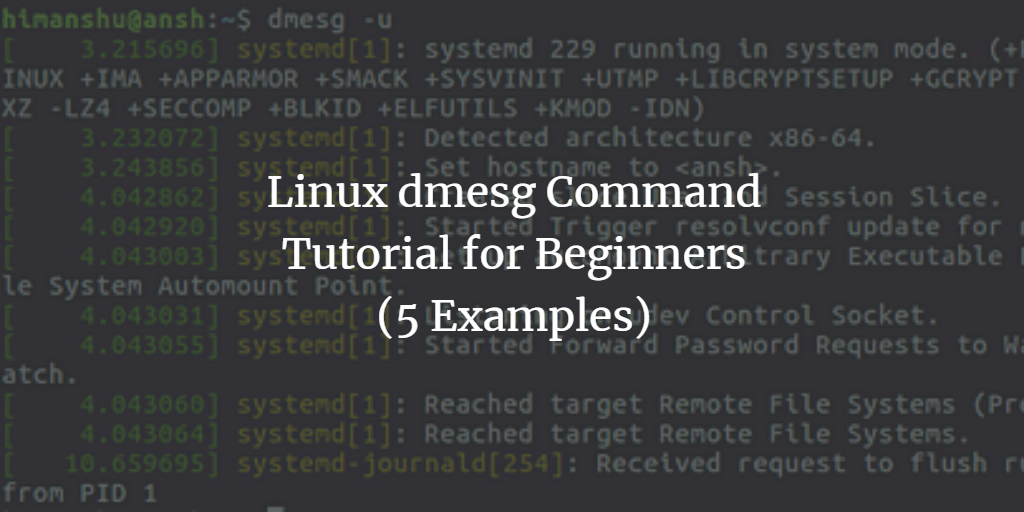Mastering the Linux dmesg Command: A Beginner’s Guide with 5 Practical Examples
There exists a command – dubbed dmesg – that you can use if you want to access messages printed by kernel. In this tutorial, we will understand how the dmesg tool works using some easy to understand examples.

